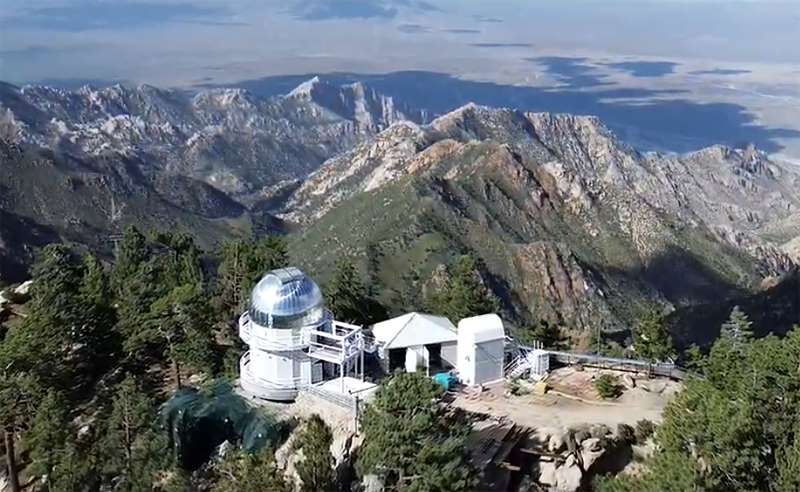How COLIBRI Watches for the Universe's Biggest Bangs
COLIBRI, a robotic telescope, has been installed at the San Pedro Mártir National Astronomical Observatory in Mexico. Designed to quickly detect gamma-ray bursts (GRBs), COLIBRI can automatically respond to alerts from satellites.

In the remote heights of the Sierra de San Pedro Mártir, where the Baja California desert meets the sky, a scientific marvel quietly awaits its cosmic orders. The San Pedro Mártir National Astronomical Observatory (OAN-SPM), a key outpost of the prestigious UNAM Astronomy Institute (IA), has just become home to an astronomical game-changer. Meet COLIBRÍ: a sophisticated robotic telescope that is poised to revolutionize the way we observe some of the universe’s most mysterious and explosive phenomena—gamma-ray bursts (GRBs).
The story of COLIBRÍ is one that intertwines innovation, international cooperation, and the eternal human desire to understand the unknown. A collaboration between Mexican and French institutions, this high-tech instrument brings together the minds of UNAM, the Aix-Marseille University, and major research organizations like France’s National Center for Scientific Research and the National Center for Space Studies. Together, they have created a marvel of observational science capable of detecting GRBs—fleeting, high-energy outbursts that last just milliseconds or, if we’re lucky, a couple of seconds.




